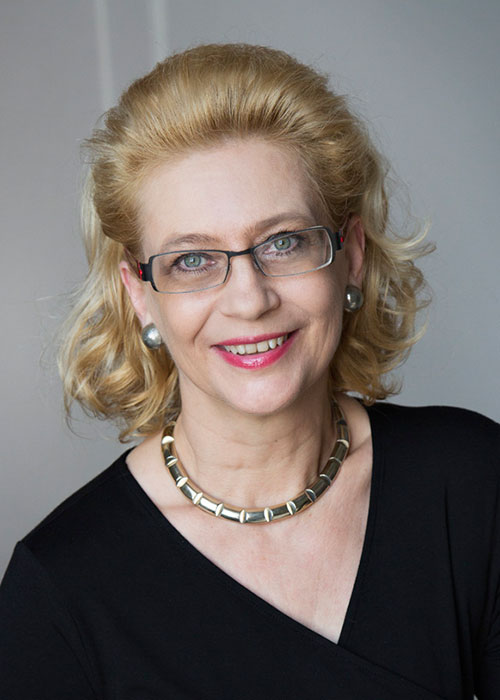Karl Wilhelm Diefenbach
}.webp', extensionName: 'dorotheum')})
(Hadamar 1851–1913 Capri) The Colossi of Memnon in a Sandstorm, oil on canvas, 100 x 152 cm, framed, (Rei)
Provenance: Private Viennese property, purchased directly from the artist; Karl Wilhelm Diefenbach:He was the son of Leonhard and father of Lucidus Diefenbach. He received his first artistic education from his father and this was followed by periods spent training with various photographers. After overcoming many difficulties he was able to continue his studies from 1872 to 1879 at the Munich Academy under Löfftz, Lindenschmitt and Strähuber, but they were then disrupted by a long and difficult bout of typhus. The effects of this illness dragged on for years, making the artist an adherent of a natural way of life. This earned Diefenbach derision and persecution, and this was to be detrimental to judgements of his work as an artist. He lived in Munich and various places in Isartal until 1892, in Vienna until 1895, afterwards in Trieste and Cairo, and after 1900 he settled on Capri. Diefenbach earned money showing tourists through the studios, using his own works to explain his ideas of “righteous” and “natural” ways of living. A Diefenbach gallery is now housed in the restored monastery of Certosa di S. Giovanni on Capri. Diefenbach frequently repeated the theme of the Colossi of Memnon from 1896 onwards, supplementing them with reeds and flamingos. Compare: Claudia Wagner, Der Künstler Karl Wilhelm Diefenbach (1851–1913), Meister und Mission, Dissertation, Berlin 2007, p. 51, CR 4.9.4.11.
Specialist: Mag. Dimitra Reimüller
 Mag. Dimitra Reimüller
Mag. Dimitra Reimüller
+43-1-515 60-355
19c.paintings@dorotheum.at
20.04.2010 - 18:00
- Realized price: **
-
EUR 36,900.-
- Estimate:
-
EUR 8,000.- to EUR 12,000.-
Karl Wilhelm Diefenbach
(Hadamar 1851–1913 Capri) The Colossi of Memnon in a Sandstorm, oil on canvas, 100 x 152 cm, framed, (Rei)
Provenance: Private Viennese property, purchased directly from the artist; Karl Wilhelm Diefenbach:He was the son of Leonhard and father of Lucidus Diefenbach. He received his first artistic education from his father and this was followed by periods spent training with various photographers. After overcoming many difficulties he was able to continue his studies from 1872 to 1879 at the Munich Academy under Löfftz, Lindenschmitt and Strähuber, but they were then disrupted by a long and difficult bout of typhus. The effects of this illness dragged on for years, making the artist an adherent of a natural way of life. This earned Diefenbach derision and persecution, and this was to be detrimental to judgements of his work as an artist. He lived in Munich and various places in Isartal until 1892, in Vienna until 1895, afterwards in Trieste and Cairo, and after 1900 he settled on Capri. Diefenbach earned money showing tourists through the studios, using his own works to explain his ideas of “righteous” and “natural” ways of living. A Diefenbach gallery is now housed in the restored monastery of Certosa di S. Giovanni on Capri. Diefenbach frequently repeated the theme of the Colossi of Memnon from 1896 onwards, supplementing them with reeds and flamingos. Compare: Claudia Wagner, Der Künstler Karl Wilhelm Diefenbach (1851–1913), Meister und Mission, Dissertation, Berlin 2007, p. 51, CR 4.9.4.11.
Specialist: Mag. Dimitra Reimüller
 Mag. Dimitra Reimüller
Mag. Dimitra Reimüller
+43-1-515 60-355
19c.paintings@dorotheum.at
|
Buyers hotline
Mon.-Fri.: 10.00am - 5.00pm
kundendienst@dorotheum.at +43 1 515 60 200 |
| Auction: | 19th Century Paintings |
| Auction type: | Saleroom auction |
| Date: | 20.04.2010 - 18:00 |
| Location: | Vienna | Palais Dorotheum |
| Exhibition: | 10.04. - 20.04.2010 |
** Purchase price incl. charges and taxes
It is not possible to turn in online buying orders anymore. The auction is in preparation or has been executed already.
